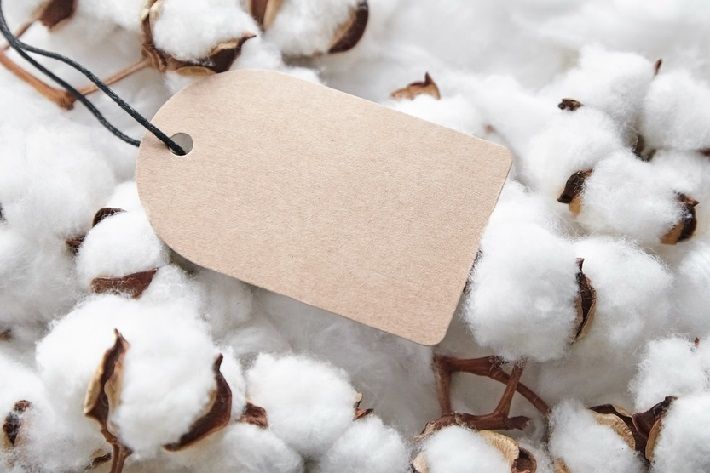
The meeting has been convened at a time when the industry voice is growing louder to ban cotton export. In Tiruppur and other areas of Tamil Nadu, the garment units and other stakeholders have given an ultimatum to go on strike due to indiscriminate increase in cotton prices. Recently, textiles secretary Upendra Prasad Singh told the media that the government would take a decision in the larger interest of the entire textile industry.
Industry experts said that if the government accepts the demand on ban of cotton export, the prices may come down slightly due to selling by stockists and MNCs. Cotton Corporation of India (CCI) is not in a position to cool down the prices through sale of its cotton stock, which is not sufficient enough. Therefore, the next five months of current season will be very challenging for the textile sector till the new crop arrival in October.
Ludhiana-based yarn trader Ashok Singhal told Fibre2Fashion, “The removal of import duty on cotton has not brought down the prices. But cotton export ban may provide some relief as MNCs and other stockists will have to clear stock which they have held with them to sell on even higher prices.” He said that cotton export ban is the only option which can give some respite from high prices.
“Our competitor countries are benefiting from cotton export,” said Tiruppur Exporters Association (TEA) president Raja M Shanmugam. He suggested that cotton should be brought under the purview of the Essential Commodities Act so that unnecessary hoarding can be checked. He informed that TEA and other Tamil Nadu based industry organisations have called for a five-day strike from June 16. They are demanding complete ban on cotton export, and also placing necessary restrictions on cotton yarn export.
Mumbai-based broker BN Ladda said that ban on cotton yarn export is the only option to cool down the prices, but Tiruppur-based trader Purushottam Gupta argued that such a step may not provide much relief to the industry. It is because spinning mills also add value while production of yarn from cotton. According to Gupta, earlier, whenever restrictions were imposed on yarn export, it did not have a positive impact for the industry.
It is to be noted that Cotton Corporation of India (CCI) did not procure any cotton in the current season because the prices remained above the Minimum Support Price (MSP). CCI cannot cool down the prices by selling its stock because, as per market estimate, CCI has stock of around 10 lakh bales (170 kg per bale). But the real problem is that this stock is of many years old cotton, which cannot meet the industry’s requirment due to poor quality.
In April, the Cotton Association of India (CAI) had cut down domestic cotton production further to 335.13 lakh bales. From October 2021 to March 2022, 343.68 lakh bales cotton was supplied to the Indian market, including 75 lakh bales of opening stock and 6 lakh bales of import. In the first six months of the season (October 2021 to March 2022), 175 lakh bales of cotton were consumed by the industry. Apart from it, 35 lakh bales of cotton were exported. Thus, 133.68 lakh bales of cotton were left at the end of March. Out of this, the stock of 75 lakh bales of cotton is with the mills. The remaining 58.68 lakh bales are stocked with MNCs, ginners, traders, commodity exchanges, CCI and Maharashtra Federation. CAI estimates that the total consumption of the textile industry is expected to increase from 335 lakh bales to 340 lakh bales for the entire season.
Cotton prices are also currently at higher level in international market. According to the International Cotton Advisory Committee (ICAC), the global cotton production is estimated at 26.44 million tonnes in 2021-22. Last year’s global production was 24.32 million tonnes. Global cotton production slipped last year from the production of 26.13 million tonnes of 2019-20. Global consumption is estimated at 25.62 million tonnes in the year 2021-22 as against 25.66 million tonnes in the year 2020-21. Cotton consumption increased in last year from the 22.69 million tonnes of 2019-20. Therefore, lower production and higher consumption had driven cotton prices for last one and half years in the international market.
Commodity analysts said that the US ban on cotton and its products from China’s Xinjiang region and aggressive buying by commodity funds also fuelled the global prices. After the ban on cotton from the Xinjiang region, countries like Bangladesh, Malaysia, Indonesia, and Turkey have started importing cotton from other countries. Unfavourable weather is feared to dent production prospects in the coming season. Dry weather in cotton producing regions of the US has also fuelled ICE cotton.
ALCHEMPro News Desk (KUL)
Receive daily prices and market insights straight to your inbox. Subscribe to AlchemPro Weekly!